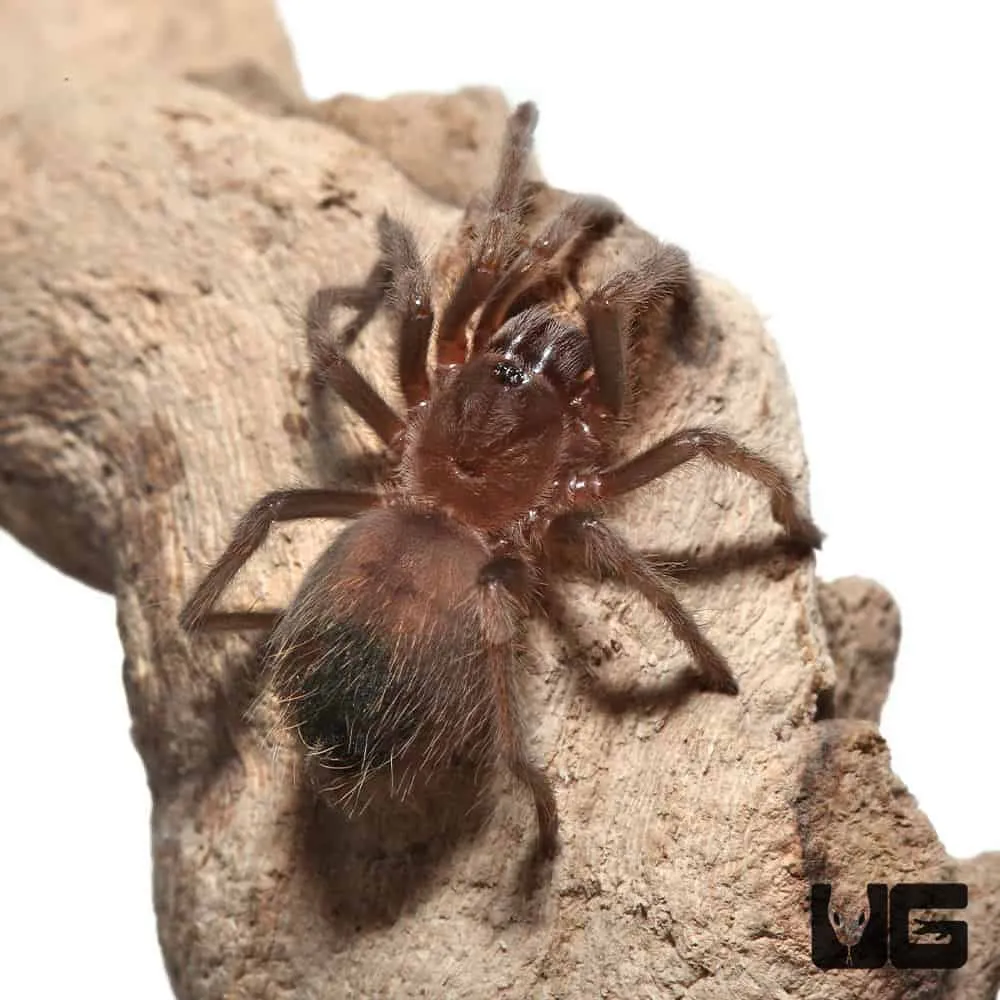Understanding the Female Mexican Red Knee Tarantula
The Mexican Red Knee Tarantula (Brachypelma hamorii) is a captivating species, and acquiring a female is often a prized goal for tarantula enthusiasts. Known for their striking coloration and relatively docile temperament, these spiders make fascinating pets. This guide will delve into everything you need to know about purchasing, caring for, and understanding the beauty of a female Mexican Red Knee Tarantula. From their physical characteristics to their specific care requirements, we’ll cover all the essential aspects to ensure a thriving and happy pet.
Appearance and Characteristics
The allure of the Mexican Red Knee Tarantula lies in its striking appearance. The females, in particular, exhibit vibrant colors and robust builds. The most distinguishing feature is the red-orange bands that adorn the joints of their legs, contrasting beautifully against their black body. These bands become more pronounced as they mature. The carapace, or the top part of the cephalothorax, is typically a dark brown color. Mature females possess a more rounded abdomen, a characteristic that distinguishes them from males, and are often larger in size, giving them a majestic presence. The overall look is one of elegance and formidable beauty.
Size and Lifespan of Female Mexican Red Knee Tarantulas
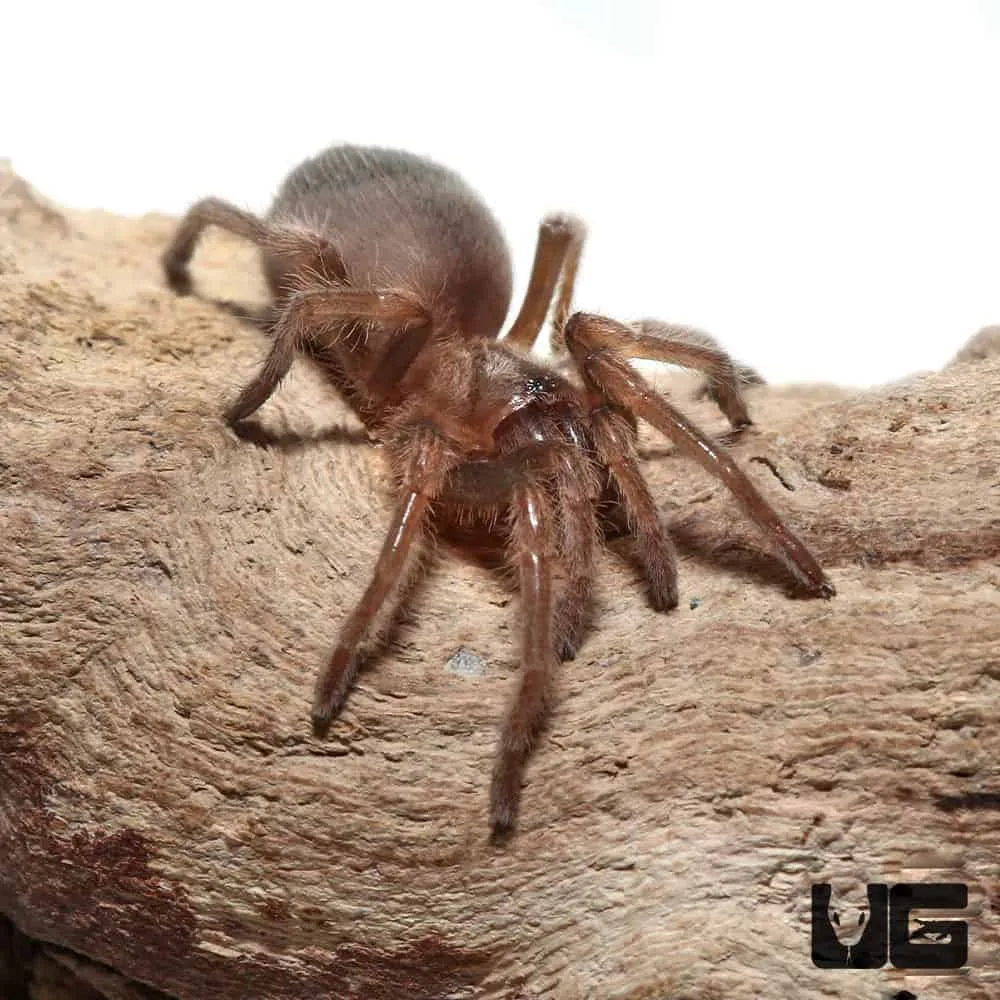
Female Mexican Red Knee Tarantulas are renowned for their impressive lifespan. They can live for up to 20-30 years, making them a long-term commitment. In terms of size, they typically reach a leg span of 5 to 6 inches. Their growth rate varies, but females tend to mature more slowly than males, which contributes to their longer lifespan. This longevity is a significant factor for enthusiasts, as it allows for years of enjoyment and observation of these fascinating creatures. The patience to provide the right conditions is key for maximizing their lifespan.
Why Choose a Female Tarantula?
Choosing a female Mexican Red Knee Tarantula offers several advantages. They generally have a longer lifespan compared to males, providing more years to enjoy their presence. The females are also typically larger and more robust, making them visually more impressive. Their slower maturation rate also contributes to the overall stability and predictability of their behavior. Female tarantulas are often preferred for breeding purposes, which is a fascinating aspect for experienced keepers. For many, the longevity and majestic size make the female tarantula the more desirable choice.
Benefits of Female Tarantulas Over Males
The primary benefit of owning a female Mexican Red Knee Tarantula is their extended lifespan. This allows for a more extended period of interaction and observation of the tarantula’s behaviors and growth. Females also tend to be less prone to wandering or erratic behavior, making them easier to manage and observe in their enclosures. In terms of size and appearance, females are often more impressive. They mature slowly, allowing for more time to appreciate their changes, and can be a very rewarding experience for both novice and experienced keepers. The overall stability and longevity make the female a more appealing choice for many enthusiasts.
Where to Buy a Female Mexican Red Knee Tarantula
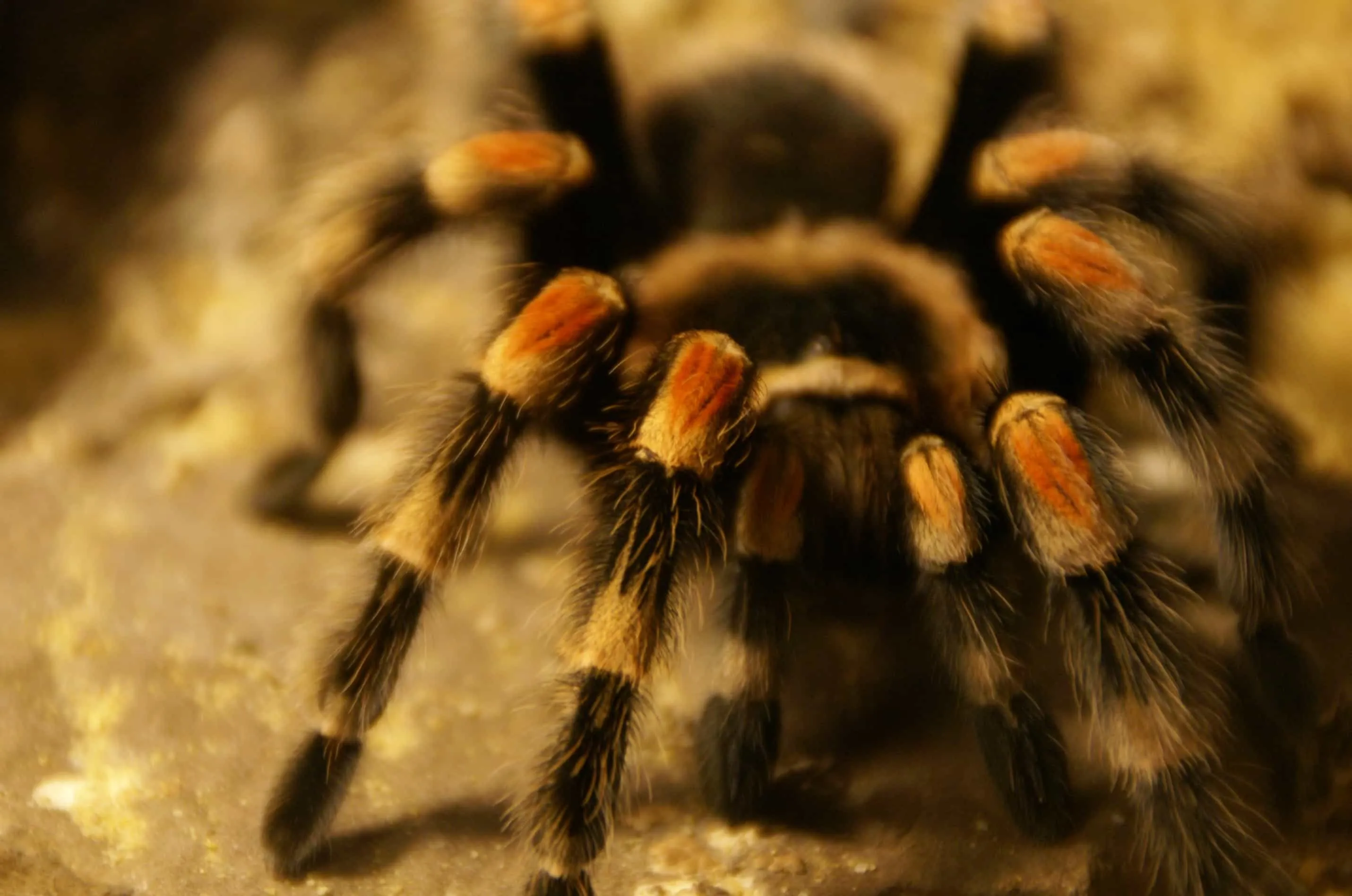
Finding a female Mexican Red Knee Tarantula requires careful research. The first step is to find reputable sources, which include specialized pet stores and online retailers. Local reptile expos can also offer opportunities to meet breeders and see the tarantulas in person. Ensure that the seller can provide information about the tarantula’s origin and health. Verify the sex of the tarantula before purchase and be prepared to ask questions. Always check for healthy conditions and consider the seller’s reputation before making a purchase. Look for established breeders and stores that specialize in arachnids.
Reputable Breeders and Online Stores
When searching for a female Mexican Red Knee Tarantula, prioritize reputable breeders and online stores. Look for vendors with positive reviews, clear health guarantees, and a strong reputation within the tarantula community. Check for detailed care information and customer support. Some well-known online retailers specialize in invertebrates and offer a wide selection of tarantulas. Look for breeders who are passionate about their work and are willing to answer your questions. Always verify that the seller follows ethical practices, including proper handling and shipping methods. Websites and forums dedicated to tarantulas can provide recommendations and reviews of various breeders and stores.
What to Look for When Buying
When purchasing a female Mexican Red Knee Tarantula, carefully examine several aspects. The tarantula should be active and responsive, with no signs of lethargy. Inspect its body for any physical abnormalities, such as missing legs, damaged fangs, or signs of parasites. Observe the tarantula’s abdomen, which should be plump and not shrunken. The coloration should be vibrant and typical of the species. Ask the seller about the tarantula’s feeding habits and recent molting history. Ensure that the tarantula is being kept in a clean and appropriate enclosure. Purchasing from a reputable source is crucial for minimizing risks and ensuring a healthy start for your new pet.
Essential Care for Your New Tarantula
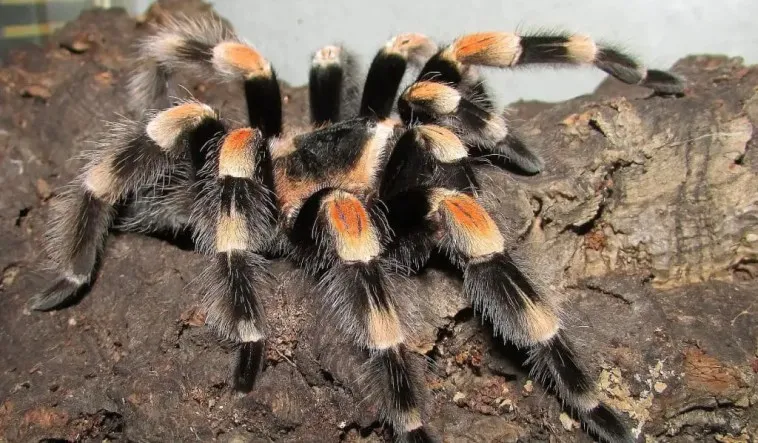
Caring for a female Mexican Red Knee Tarantula involves several essential components. Providing the right environment is crucial for the tarantula’s well-being. This includes an appropriate enclosure, a proper substrate, and consistent feeding and hydration. Monitoring humidity and temperature levels is important. Regular observation and prompt action in response to any health issues will ensure your tarantula thrives. These elements form the foundation of good tarantula keeping and contribute significantly to a long and healthy life for your pet. Careful planning and understanding are key to success.
Housing Requirements for Mexican Red Knees
The housing requirements for a female Mexican Red Knee Tarantula are relatively straightforward. A well-ventilated enclosure is essential. The size of the enclosure should be appropriate for the tarantula’s size. A good rule of thumb is to provide an enclosure that is at least three times the tarantula’s leg span in width. Ensure that the enclosure has a secure lid to prevent escape. Provide some form of shelter, such as a hide or a piece of cork bark, where the tarantula can retreat and feel secure. Temperature and humidity levels need to be carefully monitored and maintained within the ideal range for this species. This setup provides the best living conditions.
Ideal Substrate and Enclosure Setup
The ideal substrate for a Mexican Red Knee Tarantula should retain some moisture but not be excessively wet. A mixture of peat moss, vermiculite, and a bit of sphagnum moss is a good choice. This combination provides good drainage, retains humidity, and allows the tarantula to burrow if it chooses. The substrate depth should be sufficient to allow for burrowing, typically around 4-6 inches. Ensure that the enclosure has adequate ventilation to prevent mold growth. Place the enclosure in a location away from direct sunlight and drafts. Provide a shallow water dish and a hide for the tarantula. Maintain the enclosure consistently, and regularly remove any old food and waste to keep it clean.
Feeding and Hydration
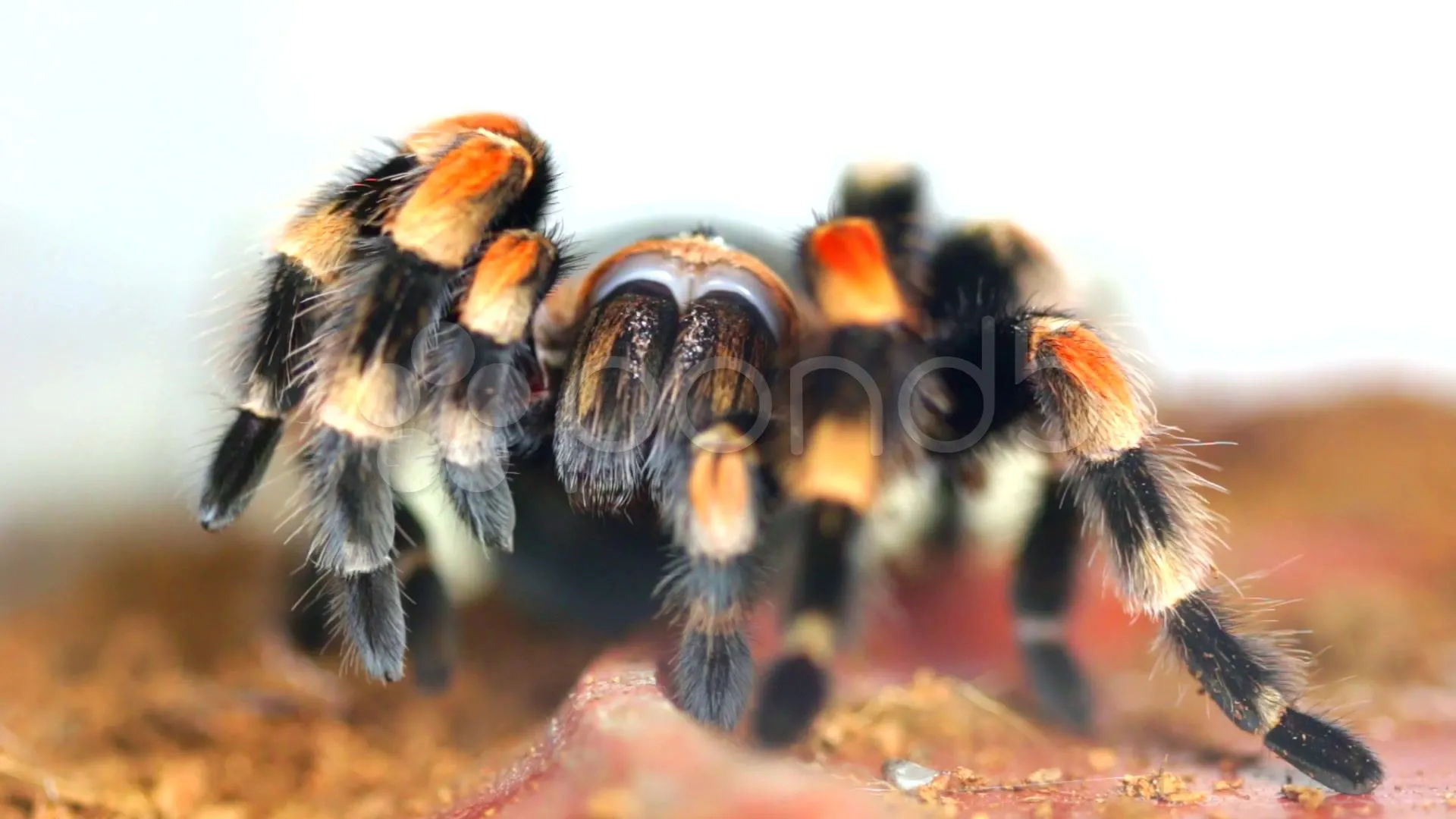
Feeding a female Mexican Red Knee Tarantula involves providing a diet that meets its nutritional needs. Offer a variety of insects, such as crickets, mealworms, and roaches. The size of the prey should be appropriate for the size of the tarantula. Young tarantulas should be fed more frequently, while adults can be fed every one to two weeks. Always remove any uneaten prey after 24 hours. Provide a shallow water dish with fresh water, and ensure that it is always available. The tarantula’s abdomen should be checked to ensure it’s plump; a shrunken abdomen can indicate dehydration. Careful feeding is vital for a healthy tarantula.
Best Food Options for Female Tarantulas
The best food options for a female Mexican Red Knee Tarantula are a mix of insects that offer a balanced diet. Crickets are a staple food and are readily available. Mealworms can also be offered, but they should be supplemented with other food sources. Roaches, such as dubia roaches, provide a good nutritional profile. Ensure that the insects are gut-loaded before feeding them to your tarantula. This means feeding the insects nutritious foods, such as fruits and vegetables, to improve their nutritional value. Variety is the key to a healthy diet, ensuring your tarantula receives the essential nutrients it needs. Do not feed your tarantula anything that could be toxic to it.
Watering and Humidity Levels
Maintaining proper humidity levels is critical for the health of your female Mexican Red Knee Tarantula. This species thrives in a humidity range of 60-70%. You can measure humidity using a hygrometer. To maintain humidity, mist the enclosure lightly every few days, depending on the ventilation and the substrate used. Make sure the substrate is damp but not soggy. Provide a shallow water dish with fresh water at all times. If the humidity is too low, your tarantula may have trouble molting. If it’s too high, it can lead to mold growth. Regular monitoring and adjustment are crucial for maintaining the ideal conditions.
Health and Common Issues
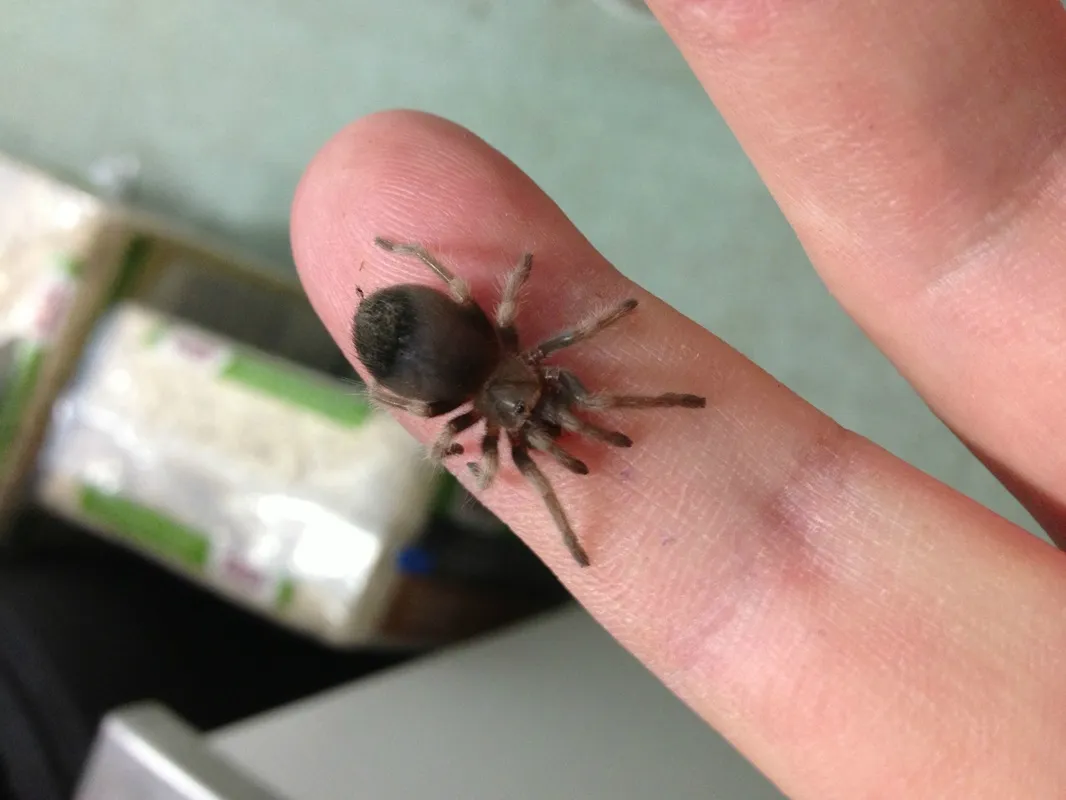
Like all pets, female Mexican Red Knee Tarantulas can experience health issues. Some common problems include injuries, molting problems, and parasites. Injuries can occur if the tarantula falls from a height or is mishandled. Molting problems can arise if the humidity is too low or if the enclosure is too dry. Parasites, such as mites, can sometimes infest tarantulas. Recognizing the signs of illness is essential for providing timely care. Preventative measures, such as maintaining a clean environment, ensuring proper humidity, and providing a balanced diet, are crucial for preventing health problems. Prompt action and, if needed, veterinary advice are vital for treating any issues.
Recognizing Signs of Illness
Being able to recognize the signs of illness in your female Mexican Red Knee Tarantula is crucial. Some signs to watch for include loss of appetite, lethargy, changes in behavior, and physical abnormalities. If your tarantula is not eating, it may indicate a problem. If it’s not active or moving much, it could be a sign of illness. If it displays unusual behaviors or shows signs of physical injury, it’s important to investigate. Check for any signs of parasites or unusual changes in the appearance of the tarantula. If you notice any of these signs, consult a veterinarian experienced in arachnids. Early detection can greatly improve the chances of a positive outcome.
Preventative Care and Veterinary Advice
Preventative care is essential for maintaining the health of your female Mexican Red Knee Tarantula. Keep the enclosure clean and well-maintained. Ensure that the humidity and temperature are within the ideal range for the species. Provide a balanced diet and a constant supply of fresh water. Avoid handling your tarantula unless necessary. If you suspect any health issues, consult a veterinarian experienced in treating arachnids. They can provide guidance and advice on the best course of action. Regular observation and proactive care significantly enhance the chances of a long and healthy life for your pet.
Breeding and Reproduction
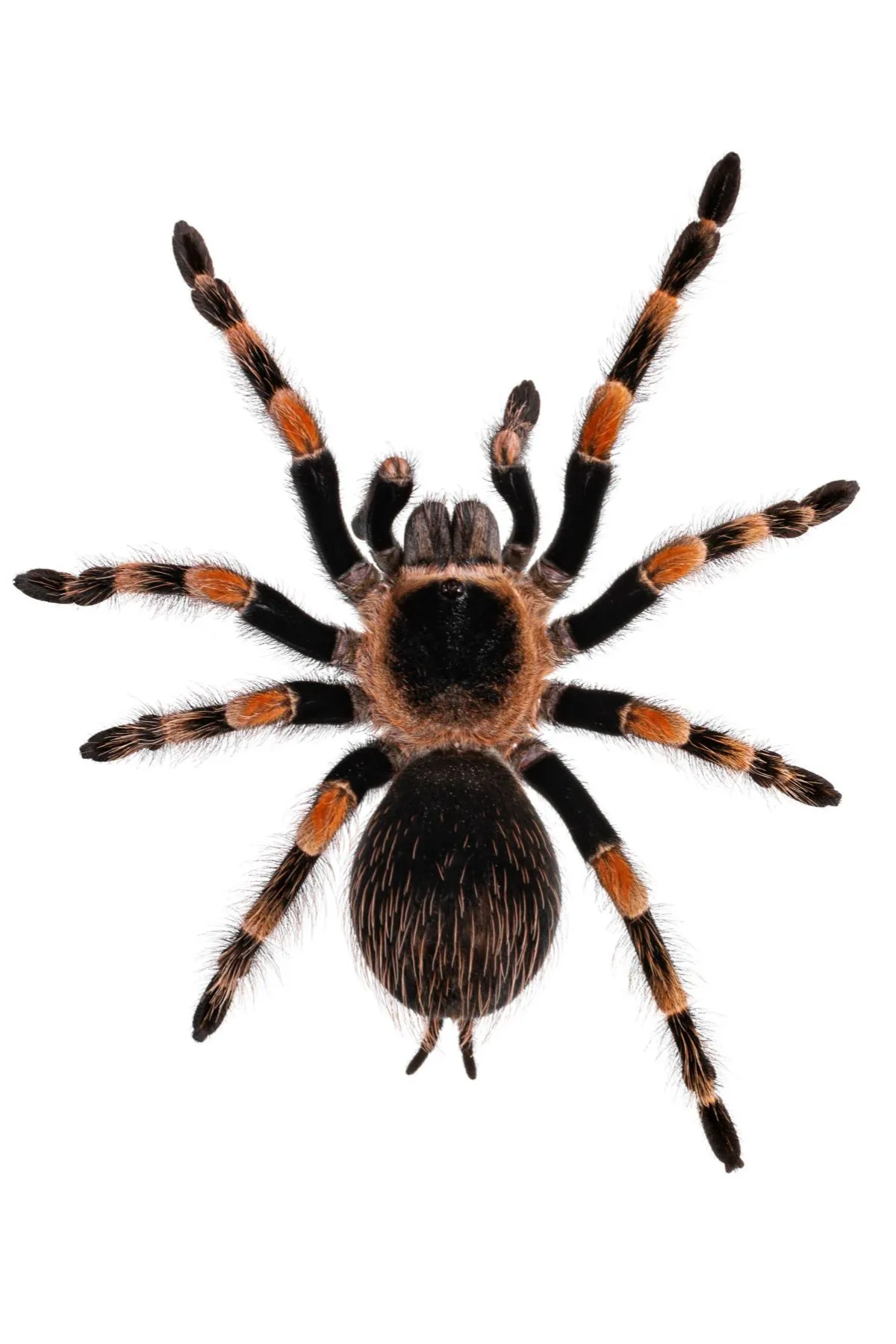
Breeding female Mexican Red Knee Tarantulas can be a fascinating and rewarding experience. However, it requires careful planning and knowledge of the species. The process involves introducing a mature male to a receptive female. The female must be in good health, and the enclosure should be set up to provide a safe environment for both tarantulas. After mating, the female will produce an egg sac, which she will guard carefully. The breeding process requires patience and a deep understanding of tarantula biology. It’s a complex process requiring prior experience and knowledge of the tarantula’s needs.
The Breeding Process
The breeding process for Mexican Red Knee Tarantulas starts with careful planning. The breeder must first determine the readiness of the female for mating. This can be determined by examining the female’s behavior and overall health. The male and female are then introduced in a controlled environment. The mating itself can be quite short. After mating, the female will produce an egg sac, which she will protect and care for. The incubation period varies depending on environmental conditions. Once the spiderlings hatch, the breeder must provide them with appropriate care. The entire process, from mating to the spiderlings’ independence, can be a delicate and rewarding experience.
Caring for Spiderlings
Caring for spiderlings requires special attention and care. The spiderlings need to be housed individually to prevent cannibalism. They must be fed small, appropriately sized prey items. Maintain the correct humidity and temperature levels in their enclosures. Provide a small water source. Monitor the spiderlings closely for any signs of illness or issues. The growth of spiderlings is fast, and they molt frequently. You’ll need to increase the size of the enclosures as they grow. Spiderling care requires a good understanding of tarantula needs. Adequate care leads to healthy growth and development.
Final Thoughts on Female Mexican Red Knee Tarantulas
Owning a female Mexican Red Knee Tarantula can be a truly rewarding experience. Their striking appearance, long lifespan, and relatively docile nature make them ideal pets for many arachnid enthusiasts. Understanding their specific care requirements, from housing and feeding to humidity and health, is essential for their well-being. By providing the right environment and care, you can enjoy many years of observation and admiration of these magnificent creatures. Thorough research and commitment are key to successful tarantula keeping. Enjoy the process!
